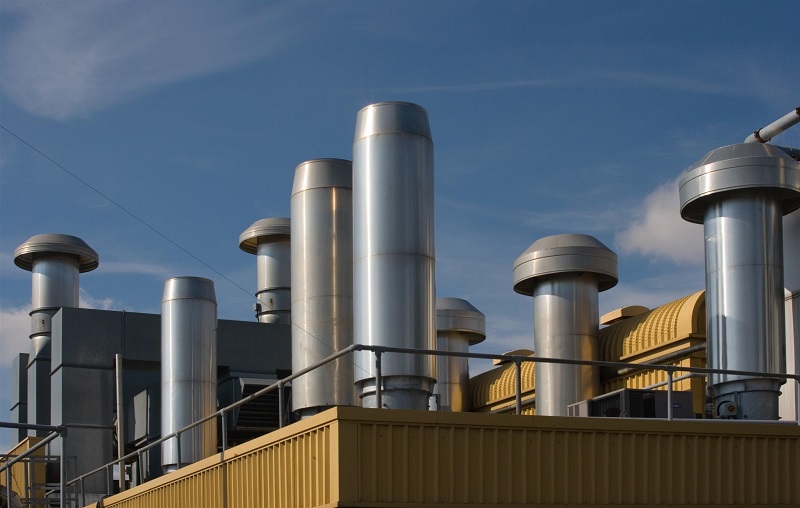Thermal oxisiders, also known as thermal incinerators are a processing unit used to control air pollution in different chemical plants that release harmful gases into the atmosphere at very high temperature.
What Are the Principles Of Thermal Oxidisers?
The main principles of the thermal oxidiser are to destroy harmful air pollutant and a volatile organic compound. The pollutants are converted into carbon dioxide and water when treated with thermal combustion method. Generally, these pollutants are hydrocarbon based and after applying thermal combustion method over it the pollutants get chemically oxidized due to which water and carbon dioxide are formed. Three main components of the thermal oxidisers are as follows:
- Residence time
- Temperature
- Turbulence
 |
| Thermal Oxidisers |
What Are the Types of Oxidisers?
There are various types of thermal Oxidisers available in the market and they are as follows:-
- Direct fired thermal oxidiser:- It is the simplest technology of the thermal oxidation. They are also known as afterburners. In this type of oxidiser, the harmful gases are put inside the firing box which is further put near the burner in order to destroy the harmful pollutants. Most of them work at the temperature of 9800C. These systems are integrated with downstream boilers and heat exchangers. Mainly used where the concentration of VOCs is very high.
- Regenerative thermal oxidiser:- This is the technique which is widely used in the industries. In this technique, ceramic beds are used. The last cycle of the oxidation helps to heat up the ceramic bed and it helps to preheat the gases. Gases are partially oxidised. The nature of regenerative thermal oxidisers is extremely efficient and versatile.
- Ventilation air methane thermal oxidiser:- This method is used to eliminate the methane present in the air of underground coal mines. As we know that the methane is the greenhouse gas and it forms carbon dioxide and water when oxidised with the thermal combustion. In trona mines, the concentration of methane is very low, i.e. below 1% or 0.5%.
- Thermal recuperative oxidiser:- It is designed according to the volume of airflow, and destruction efficiency It consists of the primary and the secondary heat exchangers. Primary heat exchanger helps to preheat the dirty air which is coming inside the chamber. In the secondary heat exchanger, air is heated by the outgoing clean process stream.
- Biomass-fired thermal oxidiser:- In this system wood can be used as fuel. When the biomass become gaseous then harmful gas is mixed with the biomass gas in the box. Inlet concentration of the VOC is between 3000-10.000 ppm and the outlet concentration is under 3%.
- Flameless thermal oxidiser:- In this system ceramic media bed is used to pass the gaseous mixture. Here ambient air, waste gas and fuel are premixed before passing. The organic media in the gas is oxidised to form the byproducts. These byproducts are carbon dioxide and water. The temperature of the gas mixture depends on the organic species present in the gas. These oxidisers have efficiently converted the energy into burners.
- Catalytic oxidiser: - These oxidisers are also called catalytic incinerator. It comes under the category of an oxidation system and similar to the thermal oxidisers. There is a catalytic bed which is present inside the oxidiser system which helps in the catalytic oxidation. The catalytic oxidation occurs between the precious-metal catalyst and VOC hydrocarbon molecules.
- Regenerative catalytic oxidiser: - These oxidisers help to lower the operating temperature. It reduces the temperature to around 2000C. In high temperature, the catalyst is deactivated so for reducing the overheating, specially designed considerations are used.






Post a Comment
Note: only a member of this blog may post a comment.